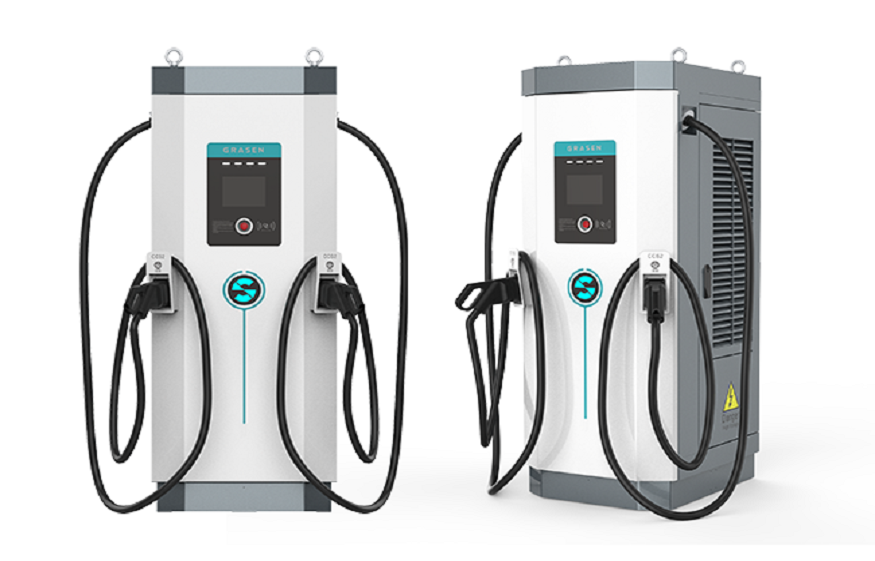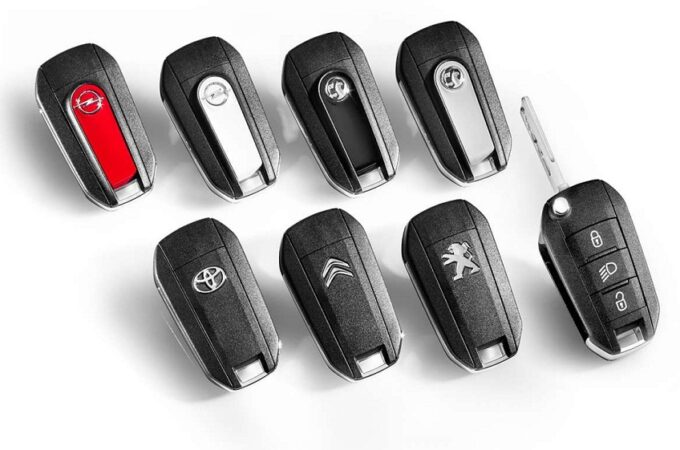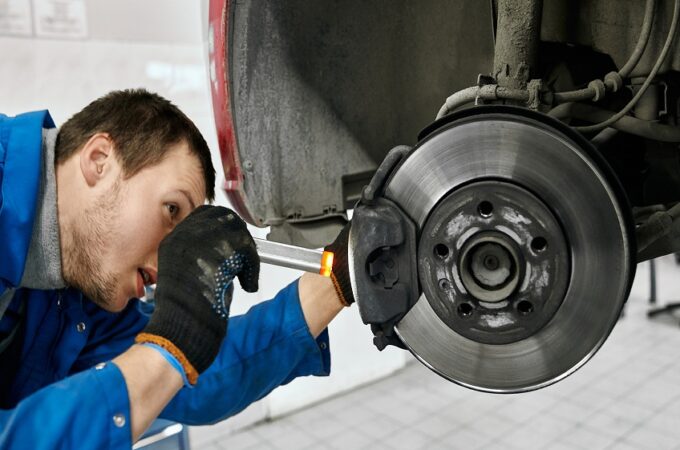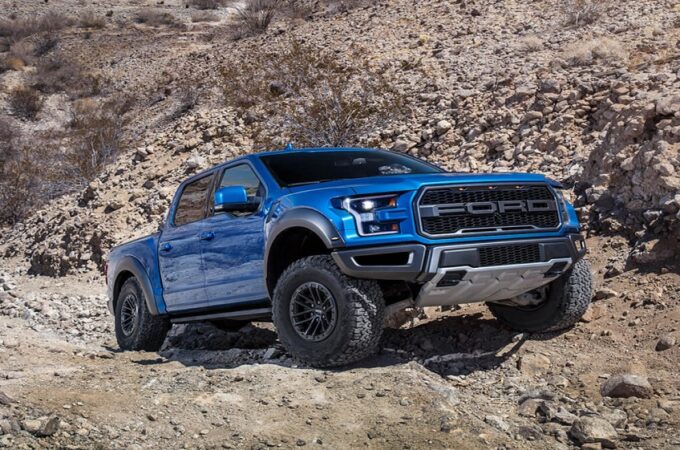
When and How to Use DC Fast Charging Efficiently
DC fast charging solutions are revolutionizing electric vehicle (EV) adoption, making long-distance travel and urban mobility seamless. With the rapid expansion of DC fast charging stations, EV owners can now charge their vehicles in minutes instead of hours. But using DC fast charging solutions efficiently is crucial for maximizing battery life and reducing costs.
What Is DC Fast Charging?
Unlike traditional AC chargers, DC fast charging stations deliver direct current (DC) power straight to an EV’s battery. A DC fast charging station typically offers power levels ranging from 50 kW to 350 kW, allowing an EV to charge up to 80% in just 20 minutes to an hour.
While DC fast charging solutions are invaluable for quick refueling, improper usage can degrade battery health. Understanding when and how to use DC fast chargingstations efficiently is key to ensuring longevity and cost-effectiveness.
When Should You Use DC Fast Charging?
- During Long-Distance Travel – DC fast charging solutions are best suited for highway travel, reducing downtime and keeping EV drivers on the road.
- Low Battery Emergencies – When your state of charge (SOC) is critically low (10%-20%), DC fast charging stations provide a quick boost.
- Fleet and Commercial Operations – Businesses relying on EV fleets can leverage DC fast charging solutions for continuous operations.
When Should You Avoid DC Fast Charging?
- Frequent Daily Use – Repeated fast charging accelerates battery wear. Stick to home or workplace AC charging for regular refueling.
- Above 80% SOC – Charging speed slows significantly beyond 80%, making AC charging more efficient for topping off.
- Extreme Temperatures – Cold or hot weather can reduce charging efficiency and strain battery performance.
Steps to Use DC Fast Charging Efficiently
- Find a Reliable DC Fast Charging Station
Use EV charging apps like Bolt.Earth to locate DC fast charging stations with high uptime and reputable networks. - Check Compatibility
Ensure your EV supports DC fast charging solutions and matches the charger type (CCS, CHAdeMO, or Tesla Supercharger). - Plug In and Monitor Charging
- Park and align your EV properly.
- Connect the charger securely.
- Start the session via an app or the charger’s interface.
- Monitor real-time charging status to optimize efficiency.
Pros and Cons of DC Fast Charging
| Pros | Cons |
| Ultra-fast charging (20-80% SOC in minutes) | Can degrade battery life with frequent use |
| Ideal for highway and fleet charging | More expensive than AC charging |
| Essential for large EV batteries (e.g., trucks, buses) | Not all EVs are compatible with DC fast charging stations |
| Reduces energy loss compared to AC charging | Requires high-power grid infrastructure |
The Future of DC Fast Charging
As DC fast charging stations expand, long-distance travel and commercial EVoperations will become seamless, eliminating range anxiety altogether.
But efficiency is key. DC fast charging stations should be used strategically—charge between 20-80% SOC, prioritize reliable networks, and combine fast charging with home or workplace AC charging. This ensures maximum battery life, lower costs, and a better EV ownership experience.
The future is electric, and DC fast charging solutions are the backbone of this revolution. Those who adapt quickly will lead the charge.
For businesses, fleets, and city planners looking to invest in DC fast charging stations, now is the time to act. The infrastructure is growing. The demand is rising. Are you ready?




